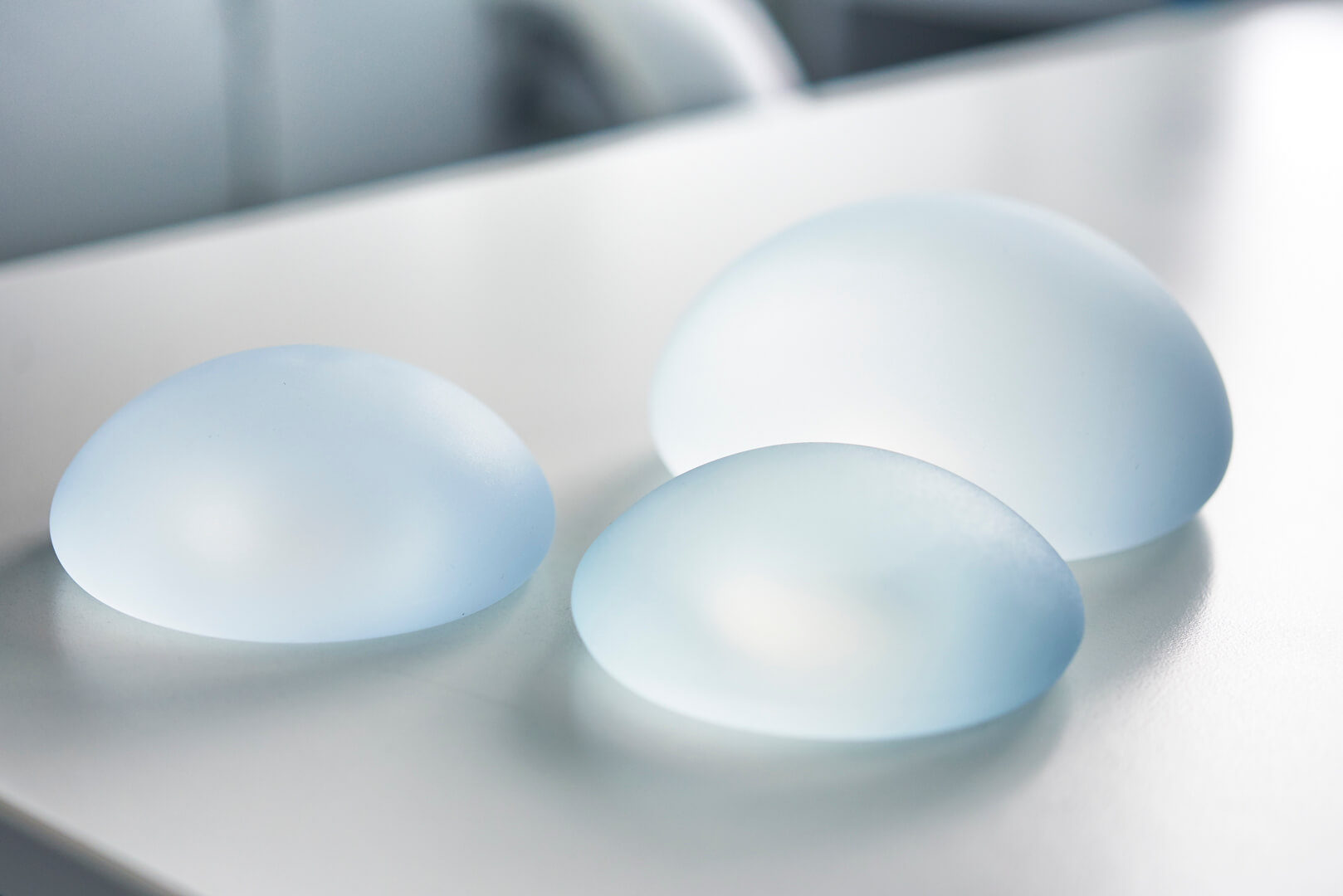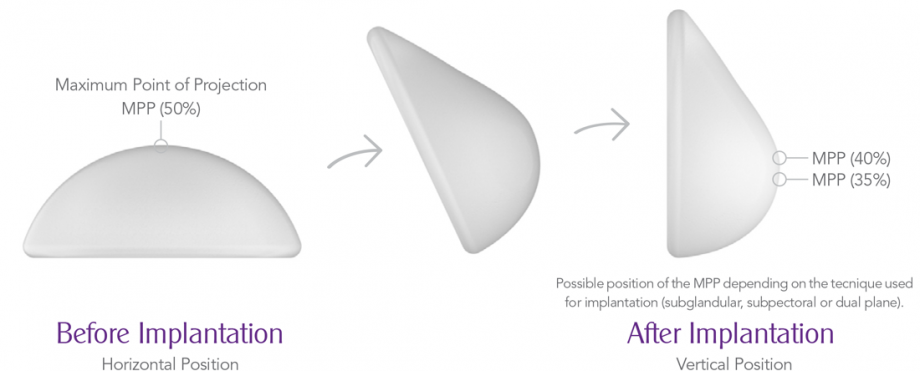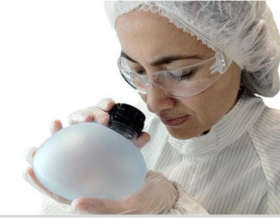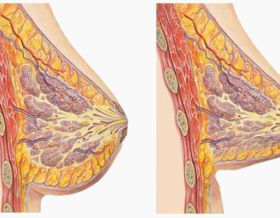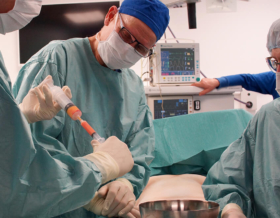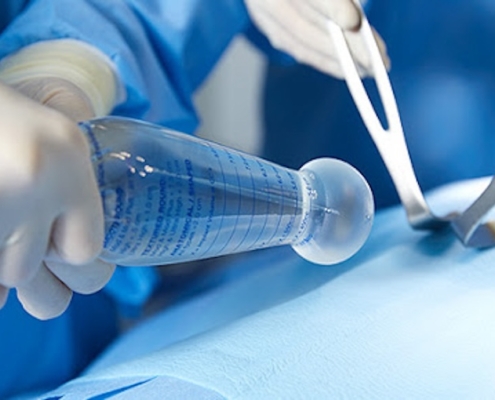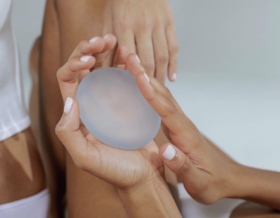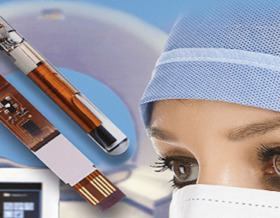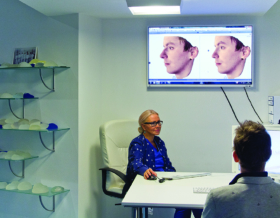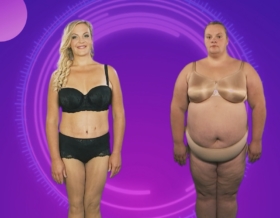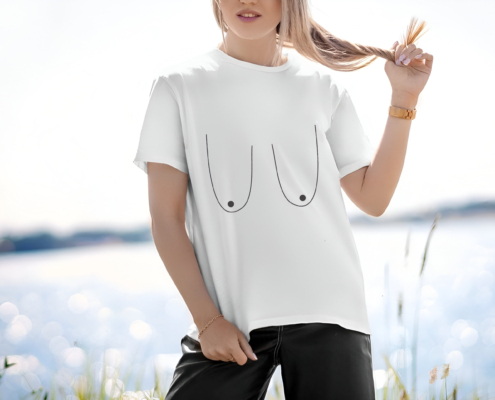 https://www.christinasclinic.ee/wp-content/uploads/cc_Bra-After-Breast-Augmentation-scaled.jpg
1785
2560
cc
https://www.christinasclinic.ee/wp-content/uploads/Christinas-Clinic-LOGO.png
cc2024-09-20 12:58:172024-09-20 13:02:49Possible complications after breast augmentation if proper bra support is not worn
https://www.christinasclinic.ee/wp-content/uploads/cc_Bra-After-Breast-Augmentation-scaled.jpg
1785
2560
cc
https://www.christinasclinic.ee/wp-content/uploads/Christinas-Clinic-LOGO.png
cc2024-09-20 12:58:172024-09-20 13:02:49Possible complications after breast augmentation if proper bra support is not wornWhich Implant is a Good Implant?
Two keywords that crop up when talking about implants nowadays are safe and natural. These characteristics depend on the implant’s surface, gel and shape.
The surface layer can contribute to capsular contracture
The most important component of an implant is the shell and its structure. Thus, there has been a lot of testing on the surface layer with both smooth and coarse surfaces being popular at different times.
Smooth implants are safer. They almost never cause capsular contracture or tissue trauma. But they also don’t attach themselves to the body tissues and thus have a bigger risk of slipping and falling. Coarse implants attach readily to tissue, minimizing the risk of slipping, but also have a higher risk of capsular contracture.
Nowadays it has become clear that surface texture isn’t the only aspect that determines safety. It’s also important how the texture is made. The surfaces of implants are made rough with foreign materials like salt and sugar. But this means there are also small particles of the substance left on the surface, which could separate inside the breast and start living their own life. This results in the danger of double-encapsulation where malignant tissue can proliferate in the layer between two capsules. Such implants are still manufactured by Natrelle and Eurosilicone and somewhat by Sebbin, Nagor and Polytech.
An implant’s gel shouldn’t be fluid
The age-old myth that an implant’s gel can flow out inside the body is hard to shake off. Time and again, we have patients ask us: what happens if the implant breaks? These questions go back to a time when implants were still being filled with soybean oil or liquid silicone gel. Saline filled implants tended to have the saline evaporate, causing a need for repeat surgeries. But our so-called fifth generation implants won’t have to be replaced in five or fifty years.
The longevity of modern implants is ensured by the use of a cohesive silicone gel starting in 2000. This won’t flow out even if you cut the implant in half. Cohesive gels also vary – some are more elastic than others. For example, you can twist and turn a Motiva implant in any direction you want but they still won’t lose their shape. This is thanks to their unbreakable gel structure. And this is important because an implant shouldn’t lose shape while inside the body – a danger also associated with older implants in the encapsulation period.
Implants should imitate a natural breast
The last important factor is the shape of the implant, which will determine the shape of the breast. Earlier choices were limited to two categories: round and anatomical (i.e. teardrop shaped). Nowadays, we also have ergonomic implants.
The first implants were all round. They were considered quite unnatural and when trends moved towards a more natural look, the demand for anatomical implants increased. But this latter shape came with a problem. Because of the danger of an implant changing position inside the body, if an anatomical implant turned all the way around – with the wider part on top and the thin part on the bottom – the breast would look unnatural. The risk of this happening is particularly high for physically active women.
There is a also golden middle road when it comes to the shape of implants nowadays. In addition to round and anatomical implants, there are now ergonomic implants. This means the bottom of the implant is more rounded so that the breast won’t look strange if the implant shifts. At the same time, they are constructed in a way that if the implant is in a vertical position, the highest point falls downward giving the implant an anatomical shape. When lying down, the weight moves back to the middle. This way, the implant best mimics a natural breast and its movement.
And so we ensure that our patients get implants with a mechanically treated, coarse surface made of an elastic but also form-holding gel that has ergonomic characteristic.
Breast augmentation
Duration: 1 hour

